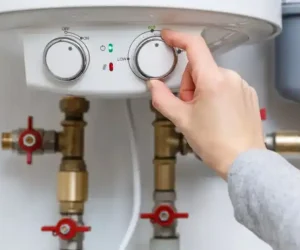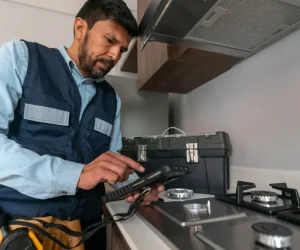
We are Available 24/7
We are Available 24/7

David Brown is a seasoned plumbing expert with over 20 years of experience in residential and commercial plumbing services. With a deep understanding of plumbing systems, repair techniques, and installation best practices, he provides valuable insights to help homeowners and businesses maintain efficient, reliable plumbing.
Known for his trustworthy advice and hands-on expertise, David Brown is dedicated to delivering practical, professional solutions that ensure every plumbing project runs smoothly, from leak detection and drain cleaning to full system installations.









Fast and Efficient Plumbing Services in Eagle Rock
Comprehensive Plumbing Services for
Residential and Commercial Needs
Client Reviews
Posted on
Contact
Hours of Operation
Monday: Open 24 Hours
Tuesday: Open 24 Hours
Wednesday: Open 24 Hours
Thursday: Open 24 Hours
Friday: Open 24 Hours
Saturday: Open 24 Hours
Sunday: Open 24 Hours
© 2025 Created by Localpro1